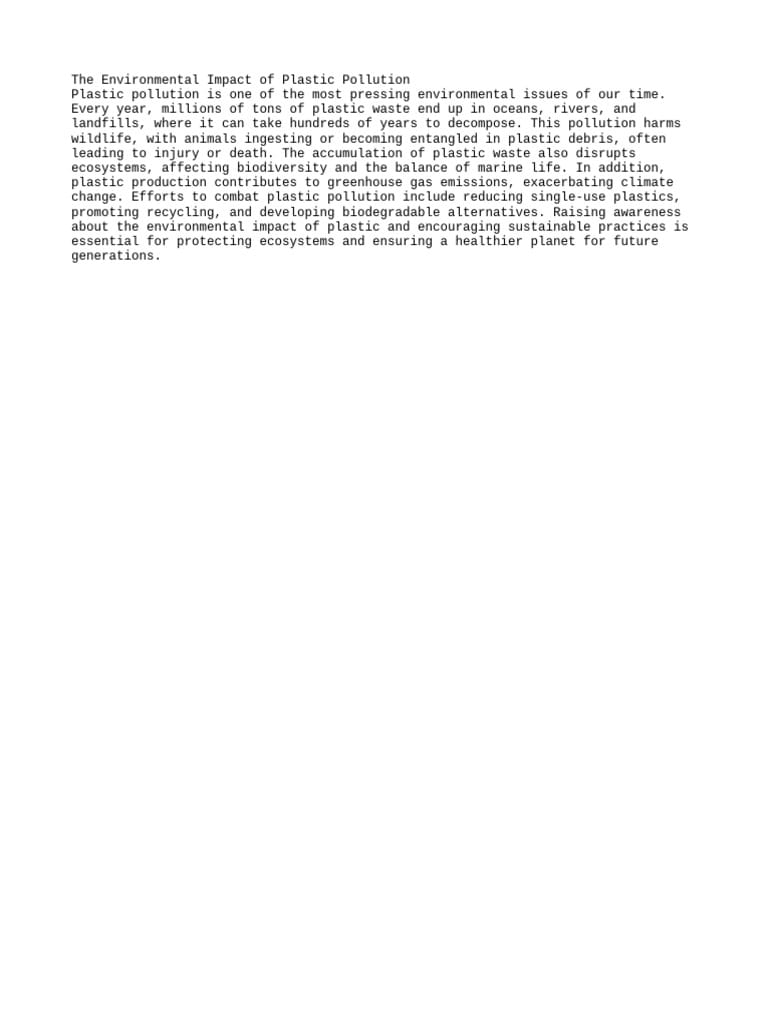Plastic pollution has emerged as one of the most pressing environmental challenges of the 21st century, with significant ecological and health implications. Research has increasingly focused on the myriad of pollutants associated with plastics, particularly nanoplastics—tiny plastic particles measuring less than 100 nanometers in size. A groundbreaking study published in a prominent scientific journal sheds light on the interaction between nanoplastics generated from real-world plastic waste and heavy metal ions in various environments, suggesting an alarming capacity for these minuscule pollutants to act as carriers for toxic substances.
The genesis of nanoplastics is often linked to the degradation of larger plastic debris through environmental processes such as photodegradation, mechanical breakdown, and microbial activity. Once released into the environment, these particles can proliferate, significantly increasing the overall concentration of microplastics in ecosystems ranging from rivers to oceans. The recent study examined how nanoplastics interact with heavy metals, focusing on ions often found in contaminated environments, such as lead, cadmium, and mercury.
Through a series of controlled experiments, researchers observed that nanoplastics exhibited a substantial capacity to adsorb heavy metal ions. The process involves the surface of the nanoplastics binding with heavy metal ions, effectively concentrating these pollutants in a manner that could pose risks to aquatic organisms that inadvertently consume them. This interaction is particularly concerning given the toxicity of heavy metals, which can have deleterious effects on both human health and biodiversity.
The implications of these findings are wide-ranging, touching upon environmental policy, public health, and agriculture. As heavy metals accumulate in the food chain, their impacts may extend beyond individual species, affecting entire ecosystems and eventually impacting human populations who consume seafood or utilize contaminated water sources. The potential for bioaccumulation is especially critical; organisms higher up the food chain, including humans, may experience heightened exposure to these toxins, leading to serious health issues.
The study also highlights the role of nanoplastics in exacerbating existing pollution problems. While heavy metals are well-documented environmental hazards, the presence of nanoplastics facilitates the transport and persistence of these pollutants in aquatic environments. This dual layer of pollution complicates mitigation strategies, as addressing one form of contamination may not adequately tackle the interconnected issues posed by another. For instance, while efforts to reduce plastic waste are crucial, if nanoplastics continue to proliferate, they may effectively serve as vectors for other toxic pollutants.
Moreover, the research draws attention to the urgent need for better waste management practices and regulations aimed at limiting plastic waste and addressing existing pollution. As communities and countries grapple with the influx of plastic products, the findings underscore the need to incorporate the effects of nanoplastics into environmental policy discussions. This might involve enhancing recycling programs, investing in biodegradable alternatives, or implementing stricter legislation on plastic production and disposal.
Educational initiatives may also play a critical role in addressing the dual challenges of plastic and heavy metal pollution. Increased public awareness regarding the sources and impacts of these materials can foster a culture of responsibility, prompting individuals to reduce their plastic consumption and to support policies aimed at sustainable practices. Schools, community organizations, and environmental groups can partner to create programs that educate both children and adults about the significance of pollutants like nanoplastics and heavy metals.
Beyond the immediate environmental implications, the study opens up avenues for future research. Understanding the long-term ecological impacts of nanoplastics and their role in heavy metal transportation is critical for developing effective remediation strategies. There remains a need for further investigation into the mechanisms of adsorption and desorption of different heavy metal ions onto nanoplastics, which could yield insights into controlling their spread within ecosystems.
In conclusion, the recent study revealing that nanoplastics generated from plastic waste can readily adsorb heavy metal ions brings to light a significant environmental concern. As these tiny particles continue to permeate our ecosystems, their potential to concentrate toxic substances poses serious implications for aquatic life and human health. Addressing this issue requires a multi-faceted approach involving improved waste management practices, public education, and continued research efforts. Only through concerted action can we hope to mitigate the risks associated with plastic pollution and its entanglement with harmful contaminants such as heavy metals.


